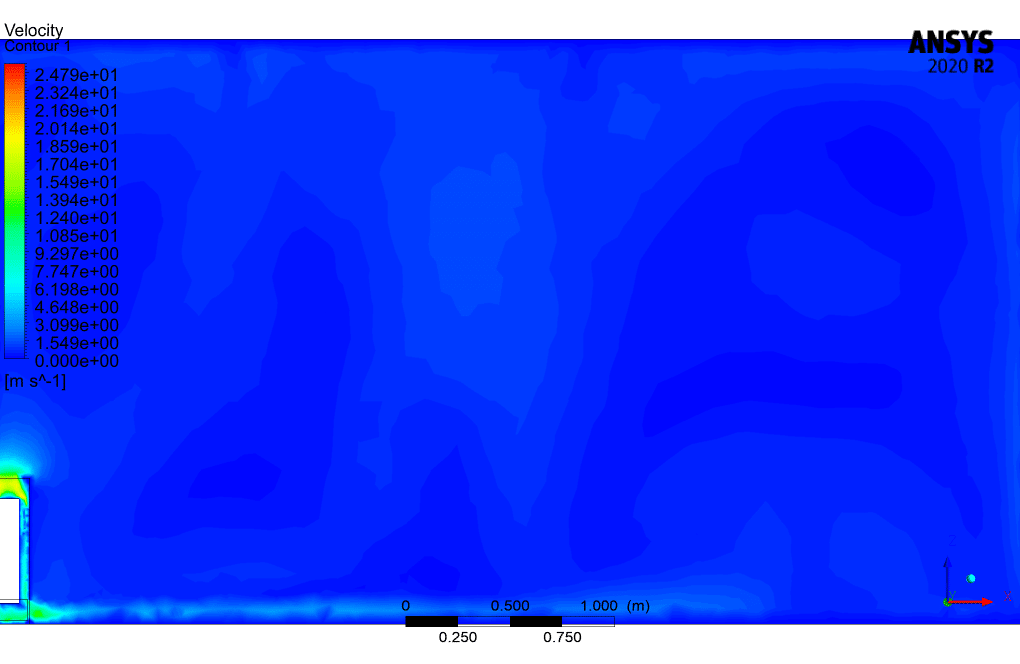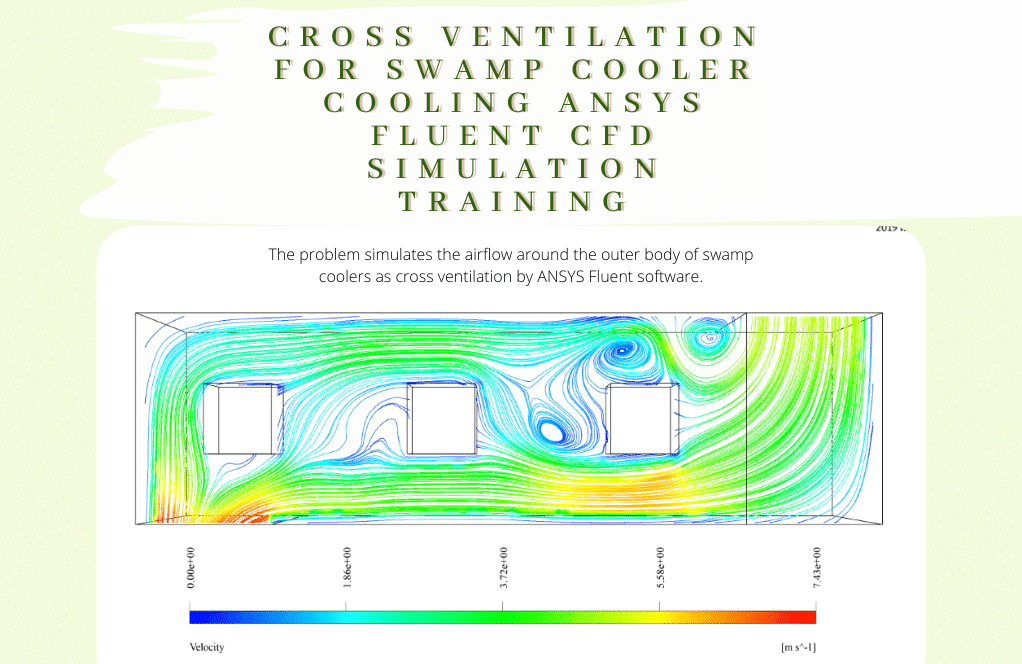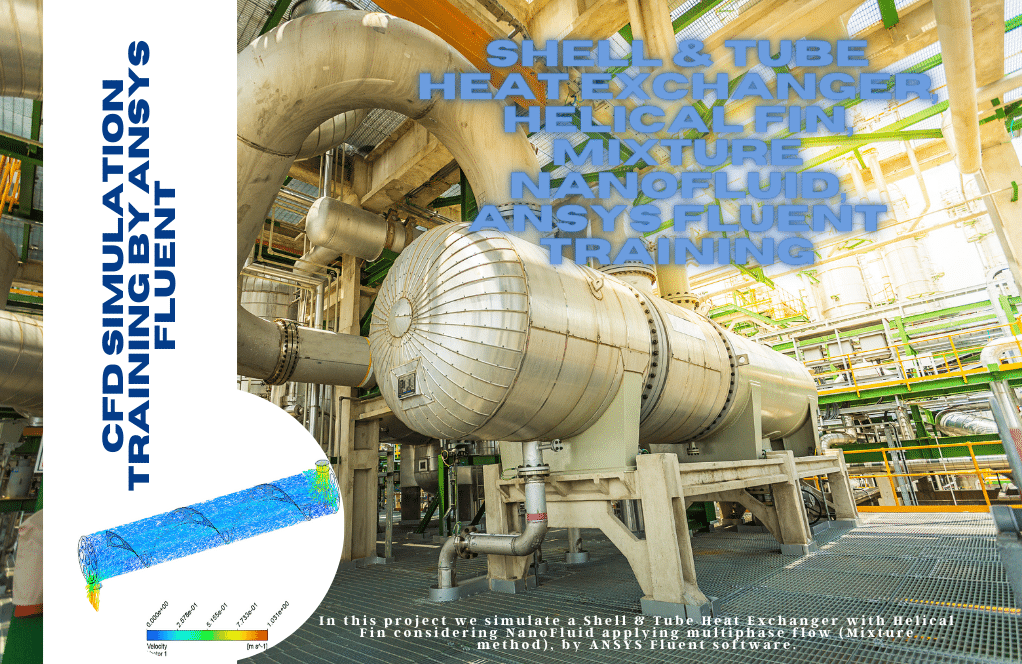Fan Heater for HVAC System ANSYS Fluent CFD Simulation Training
$120.00 $60.00 Student Discount
- In this project, we have simulated a fan heater using ANSYS Fluent software for the HVAC of a room.
- Three-dimensional solar chimney modeling was done using Design Modeler software.
- The meshing of the model has been done using ANSYS Meshing software and the element number is 207707.
- The ideal gas equation is opted to capture the changes in the air density (buoyancy effect) due to temperature change.
To Order Your Project or benefit from a CFD consultation, contact our experts via email (info@mr-cfd.com), online support tab, or WhatsApp at +44 7443 197273.
There are some Free Products to check our service quality.
If you want the training video in another language instead of English, ask it via info@mr-cfd.com after you buy the product.
Description
Fan Heater for HVAC System Project description
In this project, we study fan heater performance and the movement of the heated airflow inside a room by ANSYS Fluent software applying a steady state, and Pressure-based solver, considering the gravity effect. The air inside the room passes over a heater placed on one side of the room and a fan is responsible to push the heated air into the room.
Also, we design the geometry of this project in Design Modeler and meshed it in ANSYS meshing. We use the unstructured mesh type for this geometry and the element number is 207707.
Methodology
To simulate this project we use the RNG k-epsilon model to solve turbulent flow equations and the Energy equation to calculate the temperature distribution inside the computational domain. You should note that the ideal gas equation opts to capture the changes in the air density due to temperature change.
Fan Heater for HVAC System Conclusion
We obtain and present Contours of pressure, velocity, temperature, etc.
As shown in the pressure contour, the pressure near the heater has decreased because of the heated air and its movement. Now this heated air will move upward because of both forced and natural convection.
As we previously discussed airflow movement due to the natural and forced convection, the flow pattern, and streamlines we can observe in streamline contour. The hot air will travel upward because of the decreased density. Its journey to higher parts of the room will again lose its temperature gradually and falls. This systematic process will cause such flow patterns.














Shane McGlynn –
Greetings and thanks to Mr-CFD for this training and knowledge sharing.
Albertha Dietrich –
Can you explain the process behind this simulation?
MR CFD Support –
Certainly! The Heater with Fan HVAC CFD Simulation models the airflow and temperature distribution in a room with a heater and fan HVAC system. We use Design Modeler or SpaceClaim to draw the model, and ANSYS Meshing to generate high-quality elements for the simulation.
Jean Bartoletti –
I prepared for one of my university projects and realized what I had to do.
Wilton Quitzon –
Your simulations are incredibly detailed. Great job!
Miss Florida Franecki –
The Heater with Fan HVAC CFD Simulation product seems very thorough, well done!
MR CFD Support –
Thank you! We aim to provide comprehensive and accurate simulations.